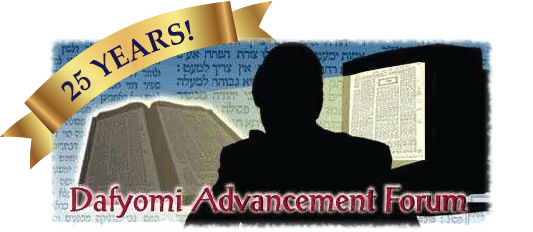Does the dew of Chermon descend onto the mountains of Tziyon?
Rashi: Yes.
Radak: No. It is as if "k'Tal" is written twice - k'Tal Chermon k'Tal she'Yored.
Why does it mention "k'Tal Chermon" and the mountains of Tziyon?
Radak: Chermon is among the greatest mountains in Eretz Yisrael - "Tavor v'Chermon b'Shimcha Yeranenu" (89:13). It mentions Harerei Tziyon, for the kingship was there. It is plural, for "Yerushalayim Harim Saviv Lah" (125:2). Before it mentioned oil, which is a metaphor for the Kohen Gadol. Now it mentions dew, which is a metaphor for the king - "Naham ka'Kefir Za'af Melech uch'Tal Al Esev Retzono" (Mishlei 19:12). Also, redemption is compared to dew - "ch'Tal me'Es Hashem" (Michah 5:6). It mentions mountain dew, which is a Brachah; it is needed more than dew of valleys and plains.
Malbim: Sometimes, influence comes to one who is prepared for it, via an intermediary, and first it comes to what is not prepared for it. Tal Chermon is not intended for Chermon. It is for Har Tziyon; the primary Brachah descends for Har Tziyon, just it goes via Chermon. The dew that brings life on Har Chermon, it is not permanent; the life on Har Tziyon is permanent. The influence of wealth and acquisitions that came to Zevulun was only for the sake of Yisachar, so he will be able to engage in eternal life. It came to Yisachar via Zevulun - just like Chermon receives dew for the sake of Har Tziyon.
What is "Chayim Ad ha'Olam"?
Radak #1: It is long life - "Ki chi'Mei ha'Etz Yemei Ami u'Ma'ase Yedeihem Yevalu Vechirai" (Yeshayah 65:22).
Radak #2: It is the world to come.




